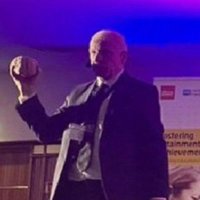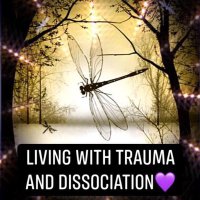
Elisa Aleixo, MSc 🏴🇵🇹
@elisa_f_aleixo
Trauma Informed Practice | Restorative Justice | Criminal Research & Policy Analysis | MSc Criminology & LLB Law | Views are my own. (She/Her)
ID: 1705918119040913409
https://www.linkedin.com/in/elisa-a-72030413b/ 24-09-2023 12:12:44
63 Tweet
249 Followers
805 Following



































